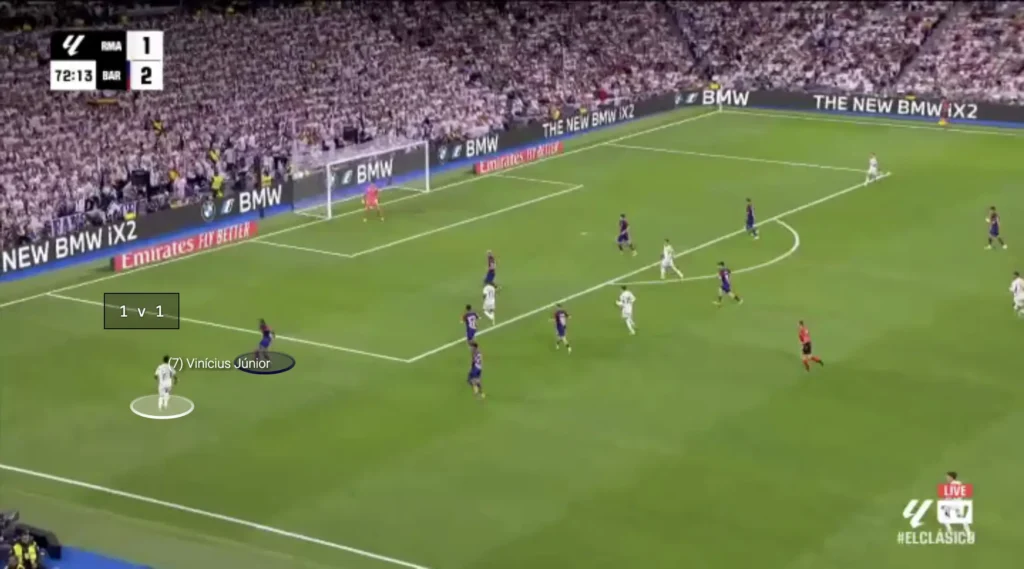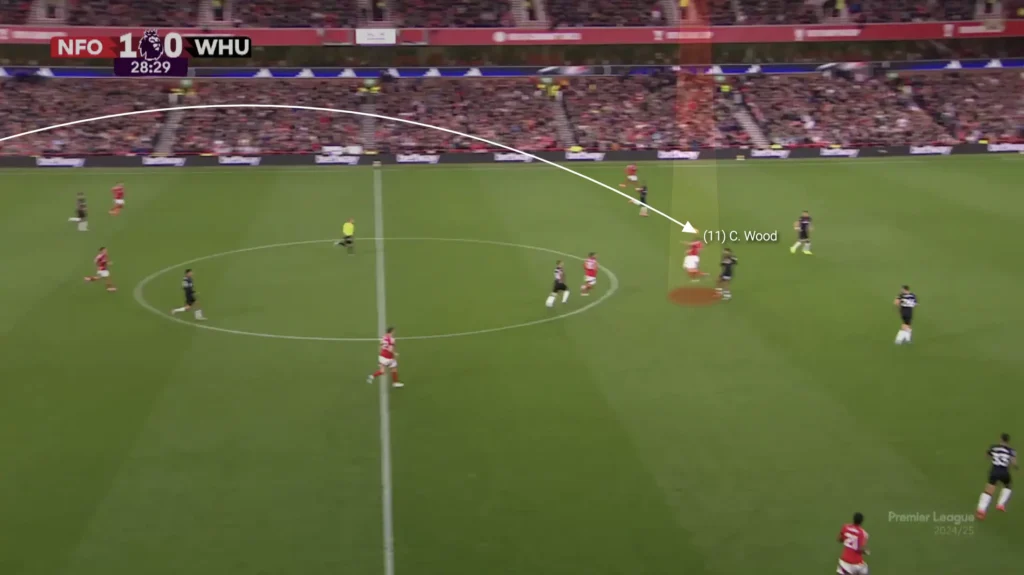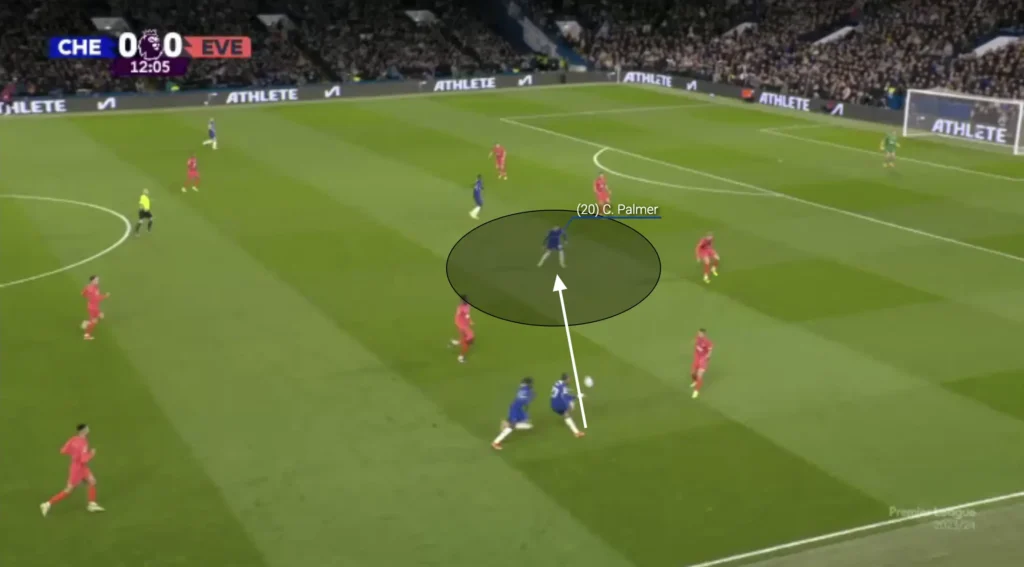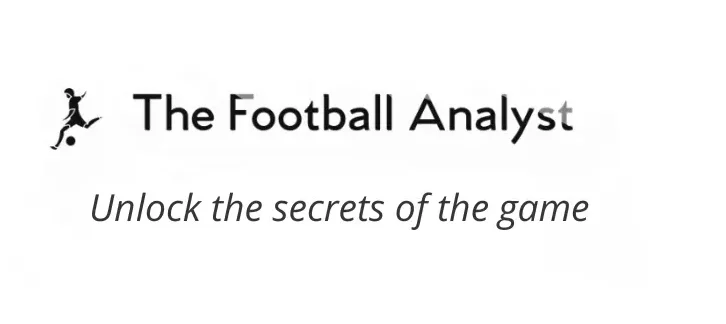In modern football, gaining an edge goes beyond simply outnumbering the opponent. One of the most powerful and nuanced tactical tools is the qualitative advantage—creating favorable matchups by isolating your best players against weaker ones.
While formations, pressing systems, and structures remain essential, matches often hinge on individual moments where a player outclasses their opponent. That’s what qualitative superiority is all about: it’s not how many players are in an area, but who they are and how well they can exploit a situation.
What Is a Qualitative Advantage?
A qualitative advantage occurs when a player has superior attributes—technical, physical, cognitive, or tactical—compared to their direct opponent in a specific area or moment.
This superiority can take many forms:
- A winger with elite dribbling skills facing a fullback who struggles 1v1

- A strong, tall striker going up against a physically weaker center-back

- A creative midfielder receiving between the lines against slower-reacting defenders

The concept emphasizes quality over quantity. A 1v1 involving your most dangerous player might offer more value than a 3v2 with players less capable of exploiting space or breaking lines.
Types of Qualitative Advantages
Qualitative superiority comes in different forms depending on the traits being used to gain the upper hand:
1. Technical Superiority
Players with better dribbling, close control, passing range, or finishing can dictate attacking moments. Isolating these players gives them space to create or score.
2. Physical Superiority
Speed, strength, and agility help players dominate duels, especially in transitions. Coaches often match fast wingers against slower fullbacks or position strong strikers against less physical defenders.
3. Cognitive Superiority
Some players see and interpret the game faster. They use their awareness, timing, and decision-making to outsmart opponents even when numbers are equal.
4. Role-Based Superiority
A player may offer a specific advantage based on how well they execute a tactical role. A false nine, for instance, can disrupt rigid center-backs by dropping into midfield, drawing them out of position.
How Coaches Create Qualitative Advantages
Coaches actively design systems to put their best players in favorable matchups. They manipulate space, shape, and timing to isolate individual quality.
Isolating Key Players Through Structure
Coaches often stretch the pitch to create 1v1s for dangerous players. By pinning support defenders away and maintaining width, they give top attackers the time and space to act decisively.
Using Rotations to Disrupt Defenders
Dynamic movements can drag opponents out of position. A midfielder drifting wide might pull a marker with them, opening central space for a more dangerous teammate to exploit.
Applying Positional Play Principles
Teams that follow positional play place players in areas where they can receive under minimal pressure—like the half-spaces or between lines. The goal is to deliver the ball to the feet of superior players in optimal zones.
Switching Play to Exploit Space
Overloading one side of the pitch can draw the opponent in, creating room to switch the ball and isolate a top performer on the far side. These switches often lead to dangerous 1v1s against exposed defenders.
Using Third-Man Combinations
A third player can help bypass markers and create access to a key teammate. Well-timed third-man runs and passes unlock tight defenses and let quality players receive facing goal.
How Qualitative Superiority Interacts with Other Forms
Qualitative advantages often result from other forms of superiority, such as numerical or positional. For example, a wide overload may pull defenders away, isolating a star winger on the weak side. Or a midfielder receiving between the lines in space benefits from both positional and qualitative superiority.
Top teams layer different types of superiority to create decisive moments. They shift the opponent with overloads or smart spacing, then find the right player to attack the exposed area.
Why Qualitative Advantages Matter
At the elite level, where defensive organization is tight and space is limited, one-on-one quality often decides the outcome. Structuring the team to highlight individual strengths gives you an edge that even well-drilled teams struggle to contain.
Qualitative advantages help teams:
- Highlight and maximize their most talented players
- Break down compact defenses without needing numerical superiority
- Create dangerous moments even when the structure offers little
It’s not enough to have great players—you must create the right conditions for them to thrive. Tactical systems should serve the talent, not suppress it.
Final Thoughts
Qualitative superiority is one of football’s most important tactical concepts. While systems and patterns matter, football remains a game where individuals make the difference. Coaches and analysts must recognize how structure can set the stage for individual excellence.
By isolating top players, creating favorable duels, and building moments around player strengths, teams give themselves the best chance to win. In a sport defined by tight margins, it’s often the right player in the right place at the right time that makes all the difference.
